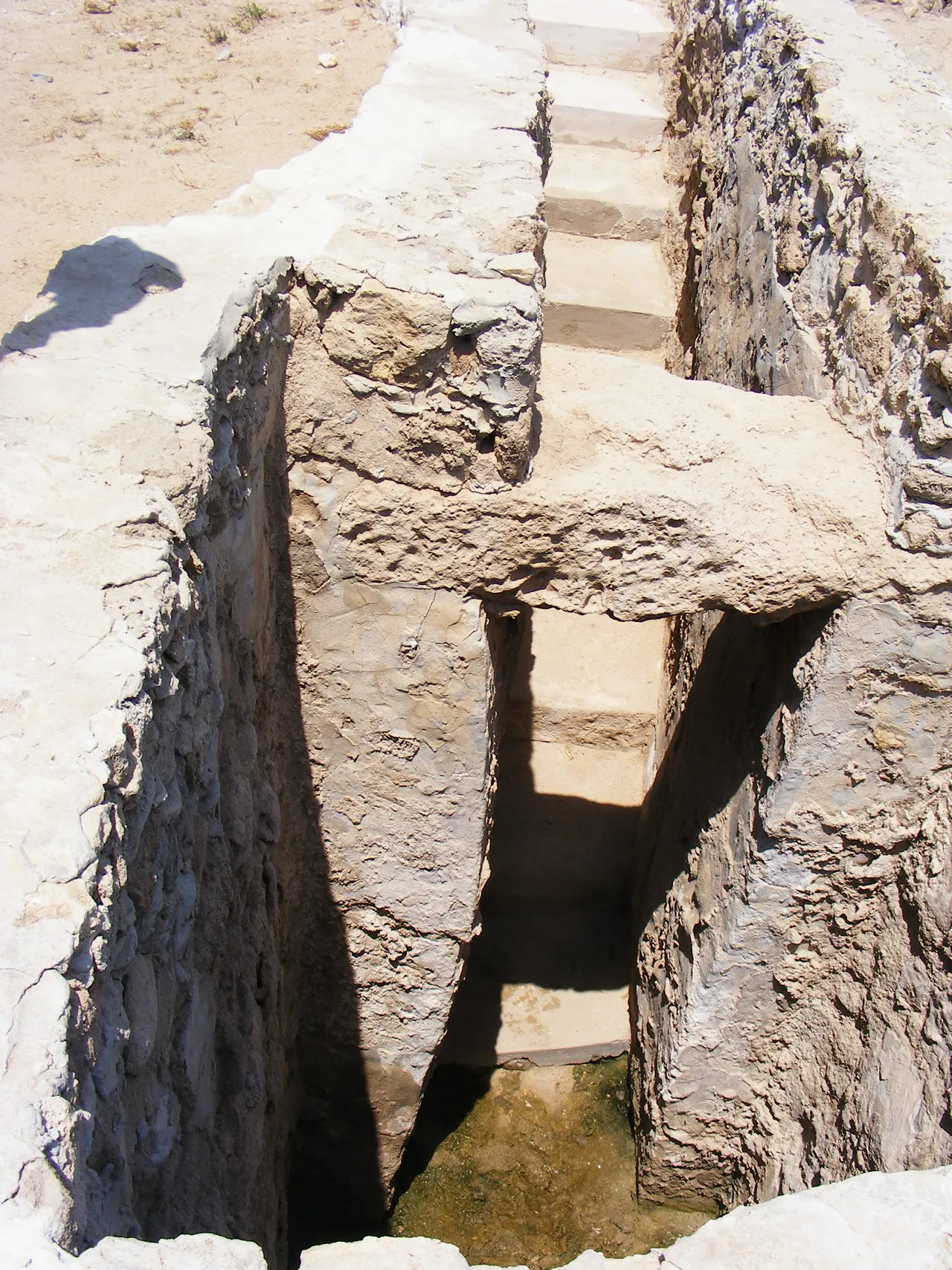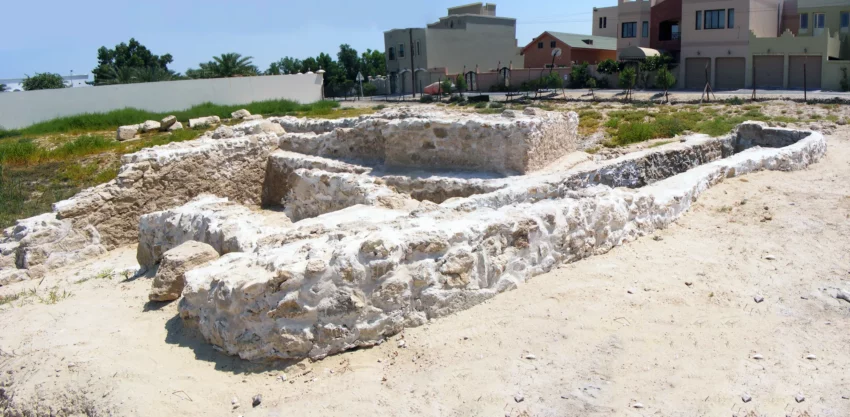Ain Umm Sujoor: An Archaeological Enigma
Ain Umm Sujoor, located in Bahrain, is a significant archaeological site. It offers insights into ancient civilizations and their water management systems. This site dates back to the Dilmun civilization, which thrived around 2000 BC to 300 AD.
Get your dose of History via Email
Discovery and Excavation
Archaeologists discovered Ain Umm Sujoor in the 1980s. The Bahrain National Museum led the initial excavations. Researchers found a sophisticated water management system, including wells and channels. These findings suggest advanced engineering skills.
The Water Management System
The water management system at Ain Umm Sujoor is its most remarkable feature. The site contains a series of interconnected wells and channels. These structures likely served both domestic and agricultural needs. The system’s complexity indicates a high level of planning and organization.
The Dilmun Civilization
The Dilmun civilization, which occupied Ain Umm Sujoor, is one of the oldest known civilizations in the region. It played a crucial role in trade between Mesopotamia and the Indus Valley. Dilmun is often mentioned in ancient Sumerian texts. These texts describe it as a prosperous and important trading hub.
Architectural Features
Ain Umm Sujoor’s architecture reveals much about the Dilmun civilization. The site includes residential structures, storage facilities, and communal areas. The buildings use local materials, such as limestone and coral. The layout suggests a well-organized community with social hierarchies.

Artifacts and Findings
Excavations at Ain Umm Sujoor have unearthed various artifacts. These include pottery, tools, and jewelry. The artifacts provide insights into the daily lives of the inhabitants. They also indicate trade connections with other regions.
Significance of Ain Umm Sujoor
Ain Umm Sujoor is crucial for understanding the Dilmun civilization. It offers a glimpse into ancient water management techniques. The site also sheds light on the social and economic aspects of the time. Researchers continue to study Ain Umm Sujoor to uncover more about this ancient civilization.
Conclusion
Ain Umm Sujoor remains a vital archaeological site. It provides valuable information about the Dilmun civilization and its advanced water management system. Ongoing research will likely reveal even more about this fascinating site.
Sources:

